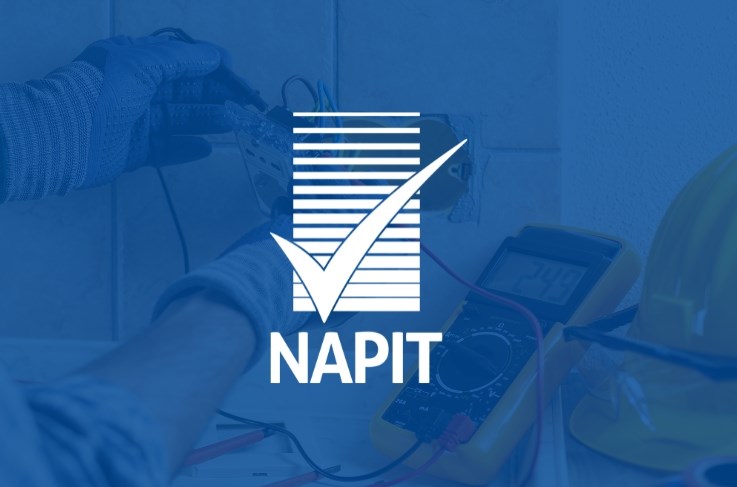
Complaints

I want to complain against a NAPIT Member
If you’ve experienced a problem with a NAPIT-registered tradesperson, we’re here to guide you through the complaints process.
Our aim is to ensure fair and transparent communication, supporting both you and the tradesperson in finding a resolution wherever possible.
Please click the button below and answer some questions to see if we can assist you with your complaint(s).
However, if you need to make us aware of a NAPIT Member's work, conduct or behavior, please use this complaints form.







